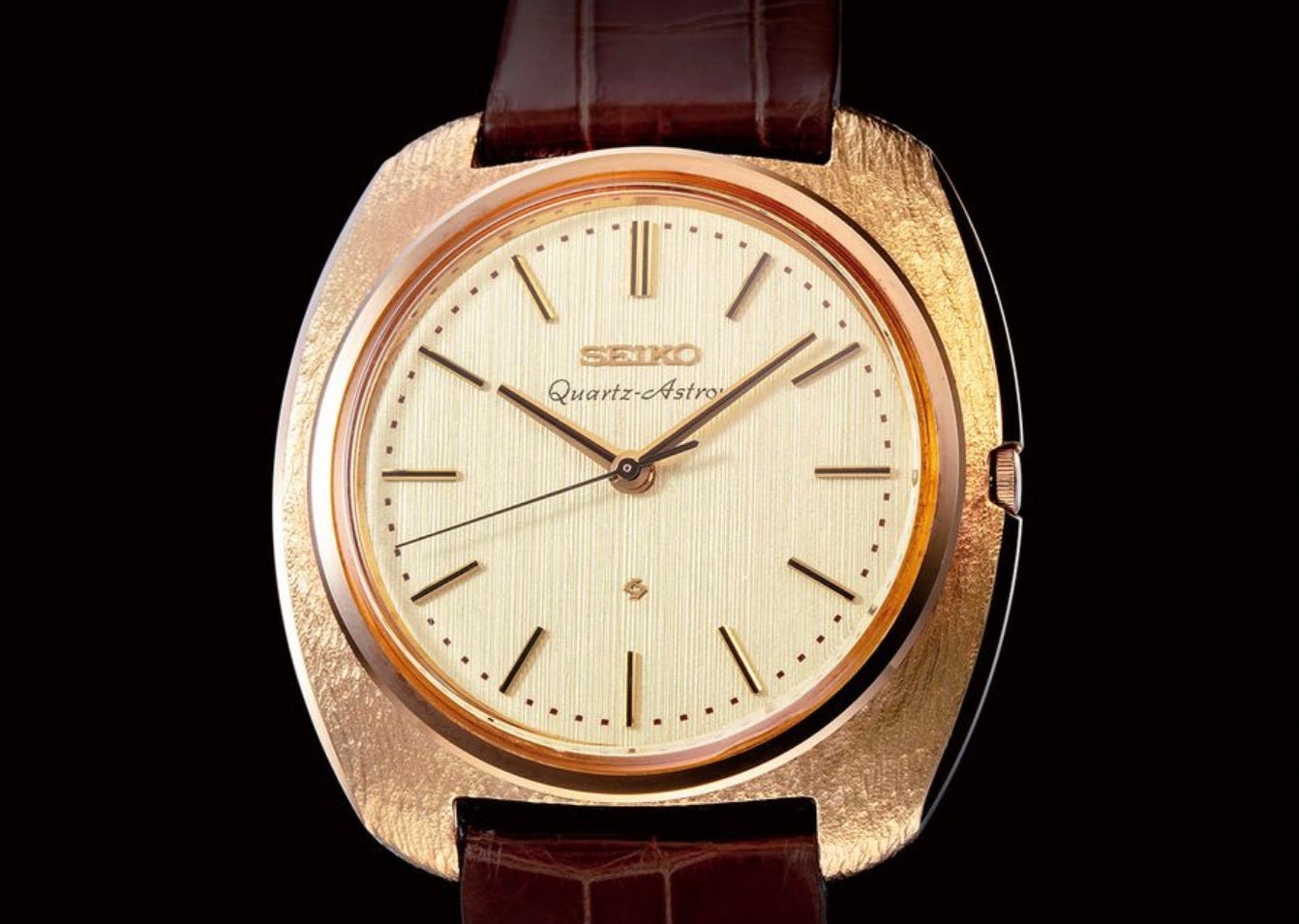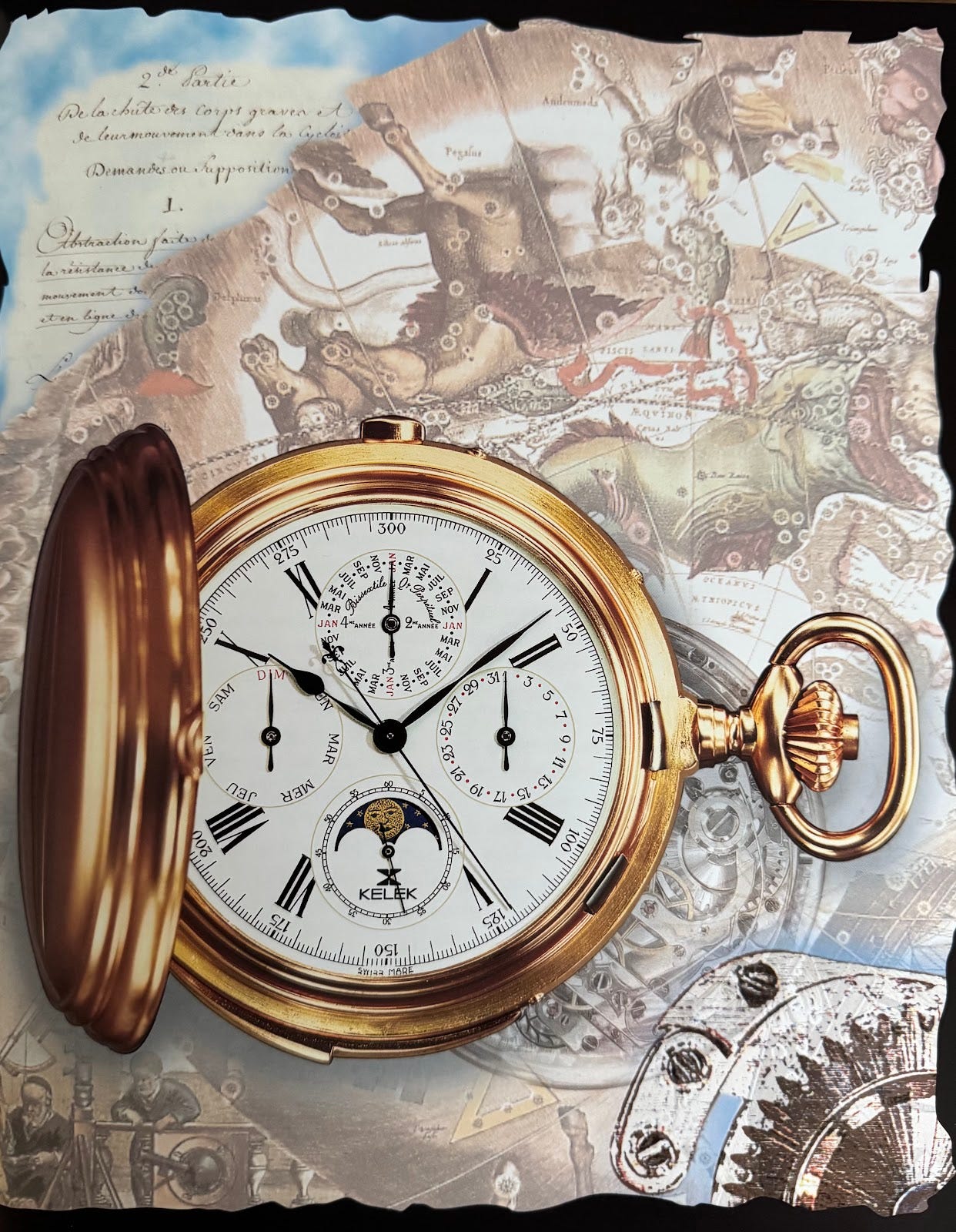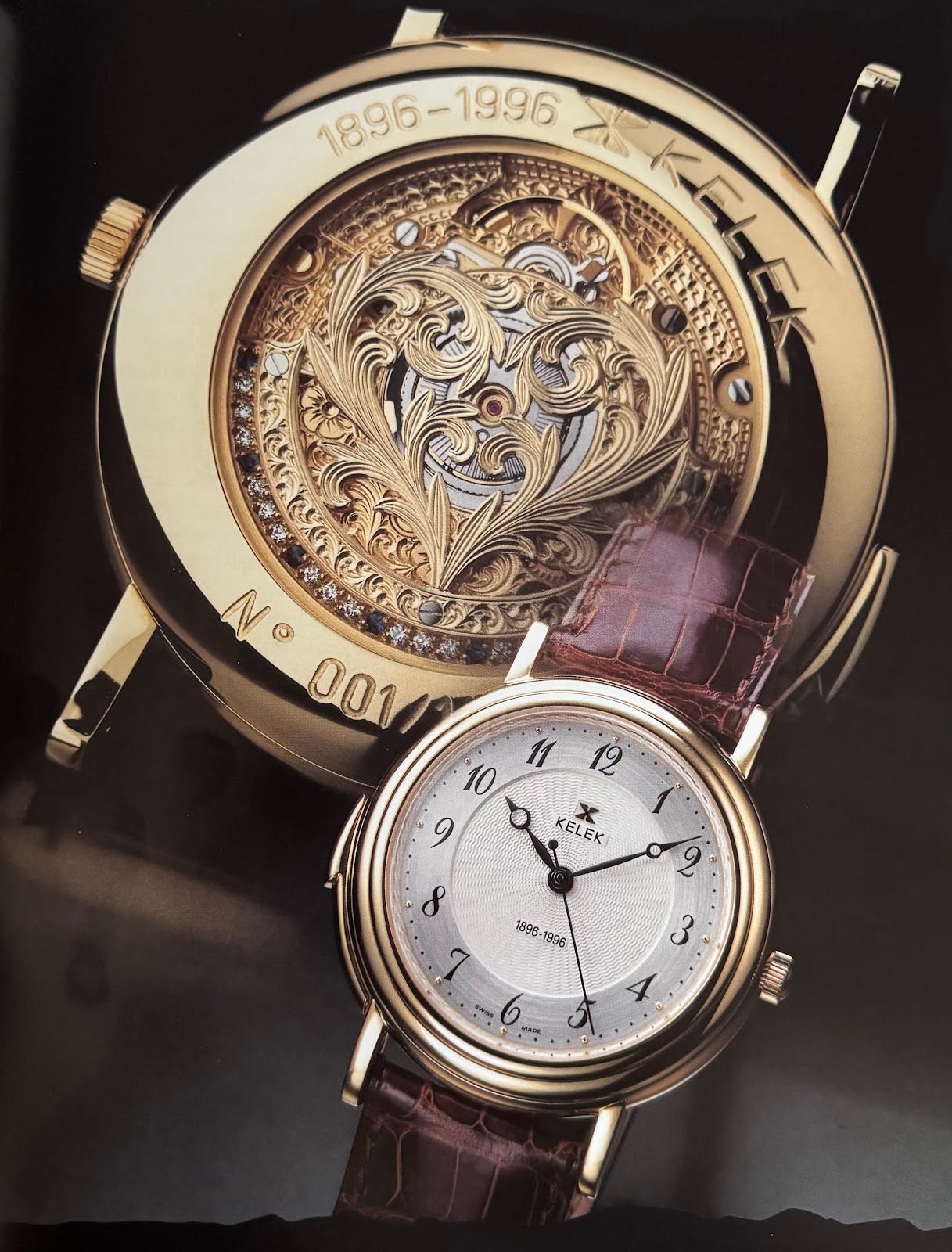The quartz crisis of the 1970s and 1980s transformed the Swiss watch industry. Quartz technology introduced affordable, accurate timekeeping, challenging traditional mechanical watches. Amid this upheaval, Kelek SA, a small Swiss watchmaker established in 1896 in La Chaux de Fonds, pursued a different path. Rather than embracing quartz, it focused on mechanical complications, preserving the craft and tradition of Swiss horology. Its close cooperation with Dubois-Dépraz, a Swiss watch movement manufacturer specializing in high-end complications, contributed to its success. Dubois-Dépraz was the same company that was crucial in developing one of the first automatic chronograph movements in 1969 alongside Heuer, Breitling, Buren, and Hamilton.

Kelek's production was dedicated entirely to high-end complicated timepieces, almost all powered by automatic winding calibers. Its mechanical mastery was evident in perpetual calendars, power reserves, time zones, and pocket-size repeaters, some of which featured hour and five-minute repeating mechanisms with extra-flat movements. These creations were a testament to the brand's unwavering dedication to Swiss horological artistry.

In the 1970s, Kelek produced about 20,000 timepieces annually, which grew to 70,000 by 1996. The company marketed half of these under its name while it sold the rest under the names of other prestigious brands. All Kelek watches featured 100% Swiss-made components, reinforcing their high-quality craftsmanship. Italy and Germany were Kelek's strongest export markets, where appreciation for fine mechanical watches remained robust.
A defining moment for Kelek came at Baselworld in the late 1970s. The brand showcased pieces like the Perpetual Calendar Chronograph and the Triple Date Chronograph, earning praise for their precision and elegance. Collectors admired the harmonious integration of complications, while the moon phase and triple date displays added technical depth and visual charm. A European buyer described these timepieces as preserving horological history in a market dominated by quartz.

Kelek's focus on traditional craftsmanship helped it navigate the challenges of the quartz era. While other brands pursued quartz production, Kelek catered to enthusiasts seeking technical complexity and individuality. This strategy preserved the company's legacy and contributed to the resurgence of mechanical watches as luxury items in the late 1980s and early 1990s. By the mid-1990s, a renewed consumer interest in mechanical watches justified Kelek's choice over 20 years prior. In hindsight, this decision proved even more significant given the revival of high-end mechanical horology in the 21st century.

By 1996, Kelek had developed over 30 complicated calibers reserved for their own use as a direct result of their close partnership with Dubois-Dépraz. At that time, the company was regarded as one of the top manufacturers of self-winding mechanical chronographs. With an average workforce of 60 highly skilled watchmakers, Kelek was among the few brands that retained and developed irreplaceable horological know-how despite the dominance of quartz.

The story of Kelek did not end with the quartz crisis. In the late 1990s, Breitling acquired Kelek to strengthen its expertise in high-complication watchmaking, particularly in chronographs. Kelek had been a key supplier of modular complications, often modifying Valjoux and Lemania movements. Breitling, historically focused on aviation and tool watches, lacked in-house expertise in sophisticated complications beyond standard chronographs. By acquiring Kelek, Breitling gained a skilled workforce and a well-established manufacturing facility in La Chaux-de-Fonds, allowing it to enhance its chronograph development and move toward greater independence from third-party movement suppliers.
The acquisition was part of Breitling's strategic goal of positioning itself more firmly in the luxury mechanical watch segment, which was experiencing a resurgence in demand for high complications. Integrating Kelek's know-how enabled Breitling to refine models like the Chronomat and Navitimer with advanced features, and support the development of its own in-house movements, such as the B01 chronograph caliber in the 2000s. The acquisition also facilitated the creation of Breitling Chronométrie, Breitling's division dedicated to movement and complication development. This move helped Breitling compete with other Swiss watchmakers investing in mechanical innovation. Kelek's expertise in perpetual calendars, moon phases, and sophisticated chronographs made it a valuable asset for Breitling's long-term strategy, ensuring it remained competitive in the evolving luxury watch market.
Kelek's journey demonstrates the enduring value of craftsmanship and innovation. By staying true to its strengths, the brand survived one of the most disruptive periods in watchmaking history. Its legacy highlights the importance of preserving artistry and tradition, even in the face of transformative change.
*****



